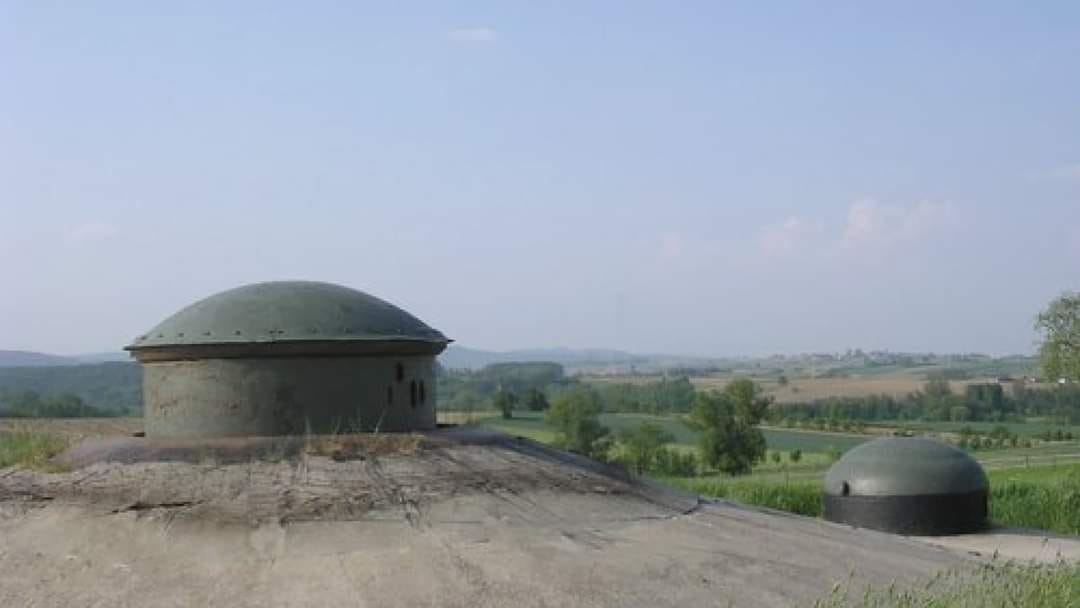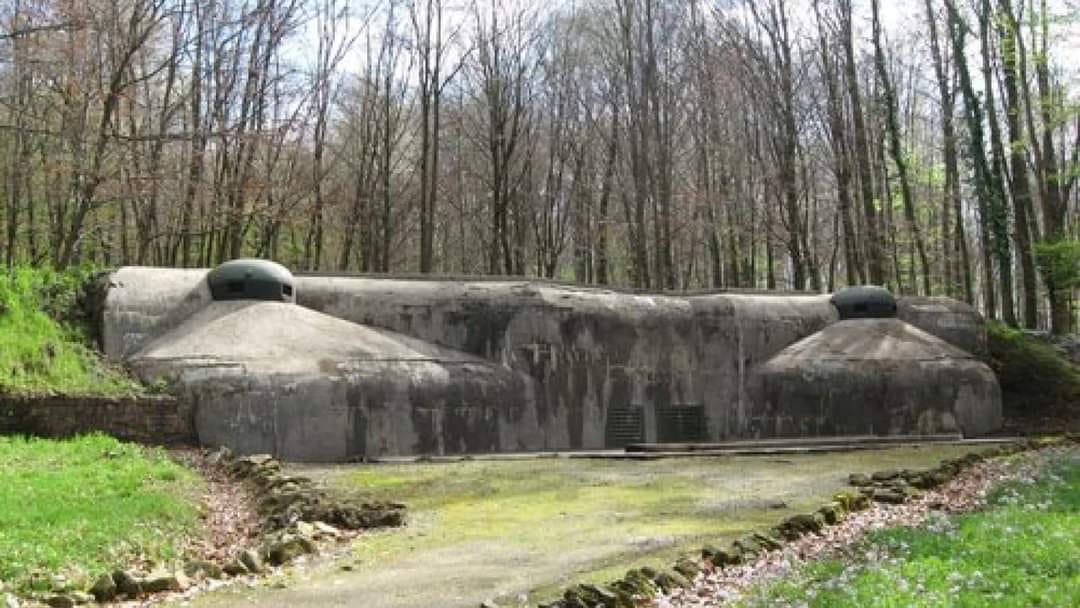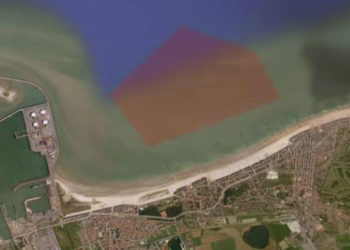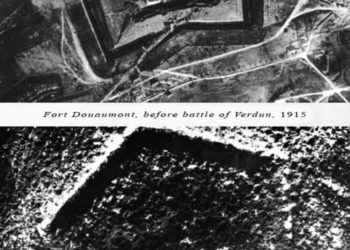Time to Refurbish the Maginot Line!

The Maginot Line has often been described as a waste of money and resources. Everybody knows the Maginot Line failed… Or did it?!
The Maginot Line: An Architectural Feat
The Maginot Line was built over a period of 9 years. The figures are incredible: It stretched over 450 miles, defending the French border in depth from the Swiss border to the Belgian border. It was composed of 45 main forts, 97 smaller forts, 352 casemates and a multitude of smaller bunkers.
The combined equipment for those fortified positions was pretty serious too:
- 34 gun turrets (75 mm)
- 17 gun turrets (135mm)
- 21 casemate mortars (81 mm)
- 61 machine-gun turrets
In May 1940, it was manned by 132,328 men.

Was the Maginot Line Truly a Failure?
The cost? 3 billion ancient francs at the time, which means that over the 9 year period it was built, it only represented less than 1% of the total annual French defense budget. If you are wondering how much this represents in today’s currency, that’s about $2 billion! Yup, manpower was cheap back in the day…
As for its failure… Did it really fail? Not really. Only two Generals managed to breach it (Gotthard Heinrici and Erwin Rommel)!
A Strategic Obstacle for the Germans
In fact, it was formidable enough for the Germans to plan their whole campaign trying to avoid it and go around it: The original German plan for the invasion of the low countries in WWII (Case Yellow) was a rehash of the WWI Schlieffen plan so as to avoid the Maginot Line at all cost. It was only when the plan was leaked to the Belgians in January 1940 that the Germans altered it. Still, the main effort was to stay away from the Maginot Line.
The French had most of their border secured by the Maginot Line and had an overwhelming numerical superiority against the Germans elsewhere with 103 divisions available including reserves. That’s 80 infantry divisions, 3000 tanks and 1600 aircraft in total!

Lessons from the Maginot Line
The failure of the French army in 1940 rests on the French high command which refused to look into new tactics (mobile armoured warfare), new hardware (radios and modern planes) and planned a future war with the weapons and tactics of the previous war. In that respect, the Maginot Line is maybe a bit guilty: It was so formidable, the French were unable to think about any other scenario possible, they felt invulnerable behind it, stuck in a bubble and convinced the next battle would be fought there. Unfortunately for the French, the generation of German officers facing them were much more flexible and imaginative. The Maginot Line did not fail, the French Army failed in the field!
Part of the Maginot Line served the French army up until the fall of the USSR and the dissolution of the Warsaw Pact in the 1990s with the Rochonvillers fort being used as a reinforced HQ for the army. Nowadays, only the Hochwald fort, situated on the Drachenbronn Air Base is still used, once again as a reinforced HQ.
-RBM










